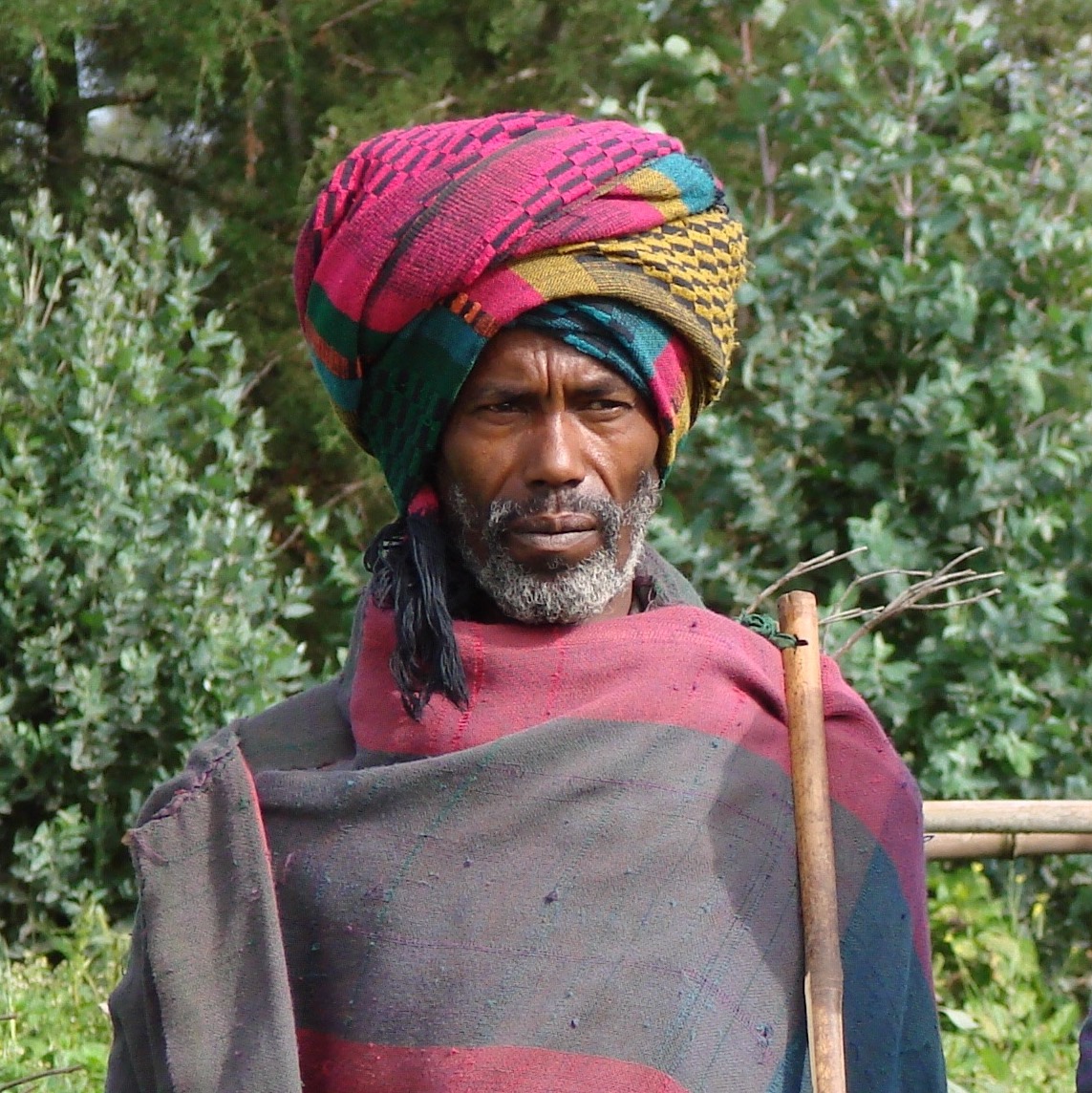In this fashion show, men and women are allowed to be expressive with their interpretation of art. Traditionally, Ethiopia is a modest and religious country. This is an approach that could be considered western. This changes the view the world has of Ethiopians. Traditionalists might have a negative view, while modernist might see the fashion as new and expressive. In my opinion, the new form of fashion is very vibrant and creative. What are your thoughts?
View some of the fits here!
https://www.hubfashionweekafrica.com/home-2








